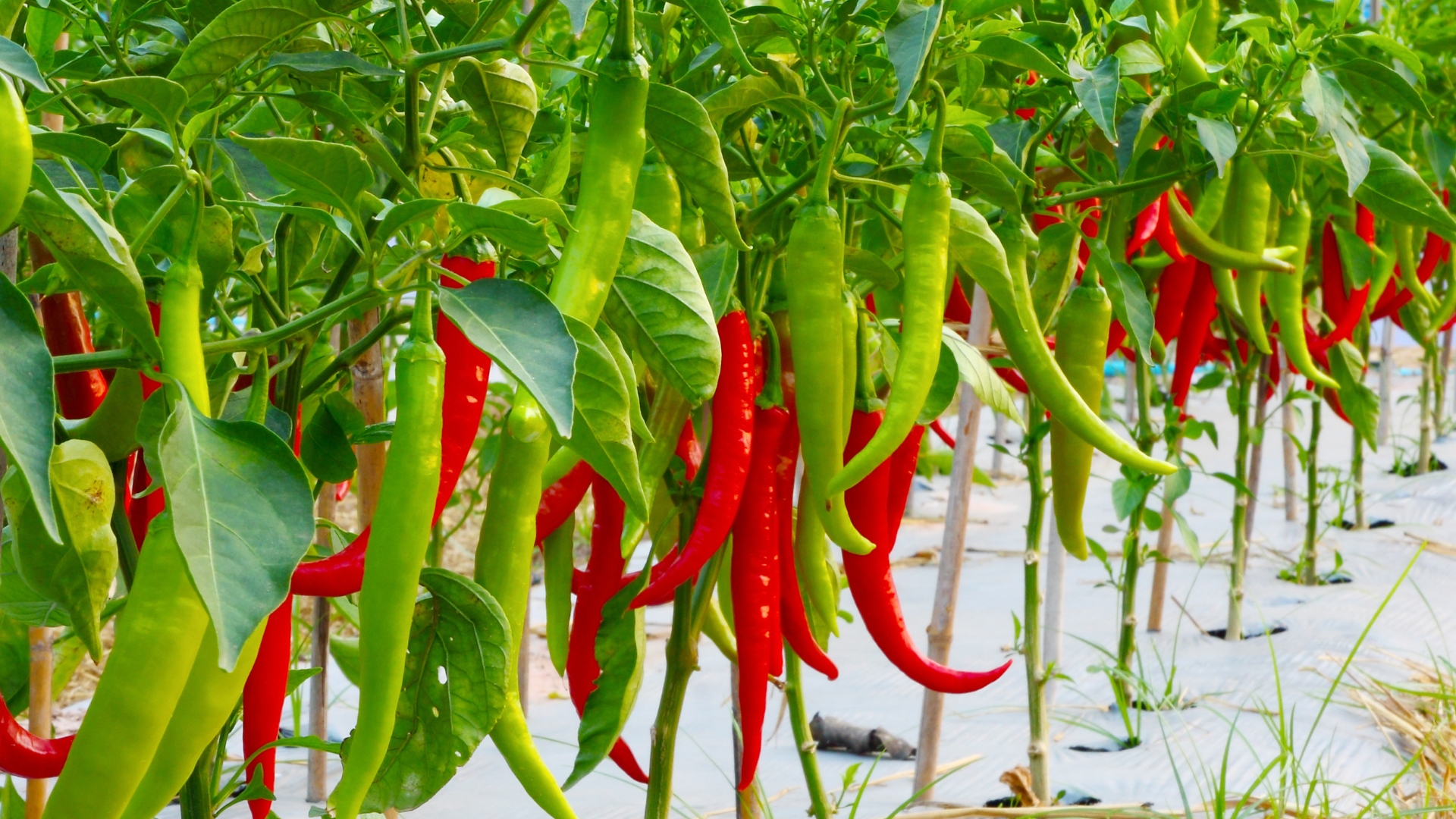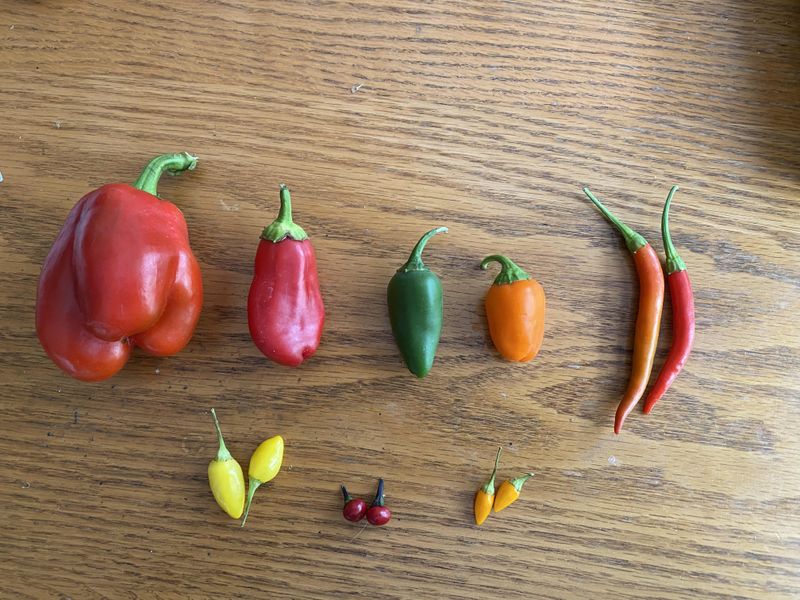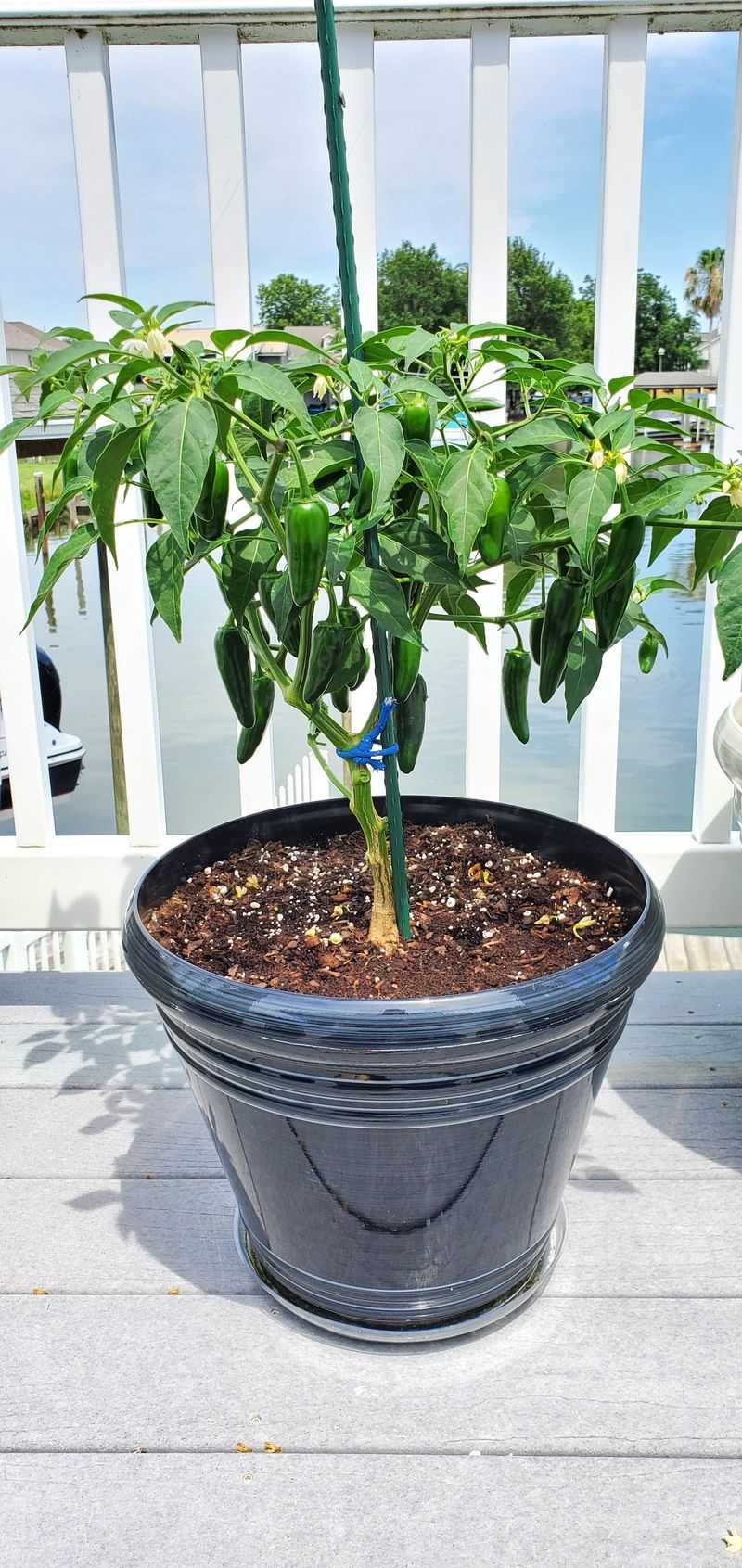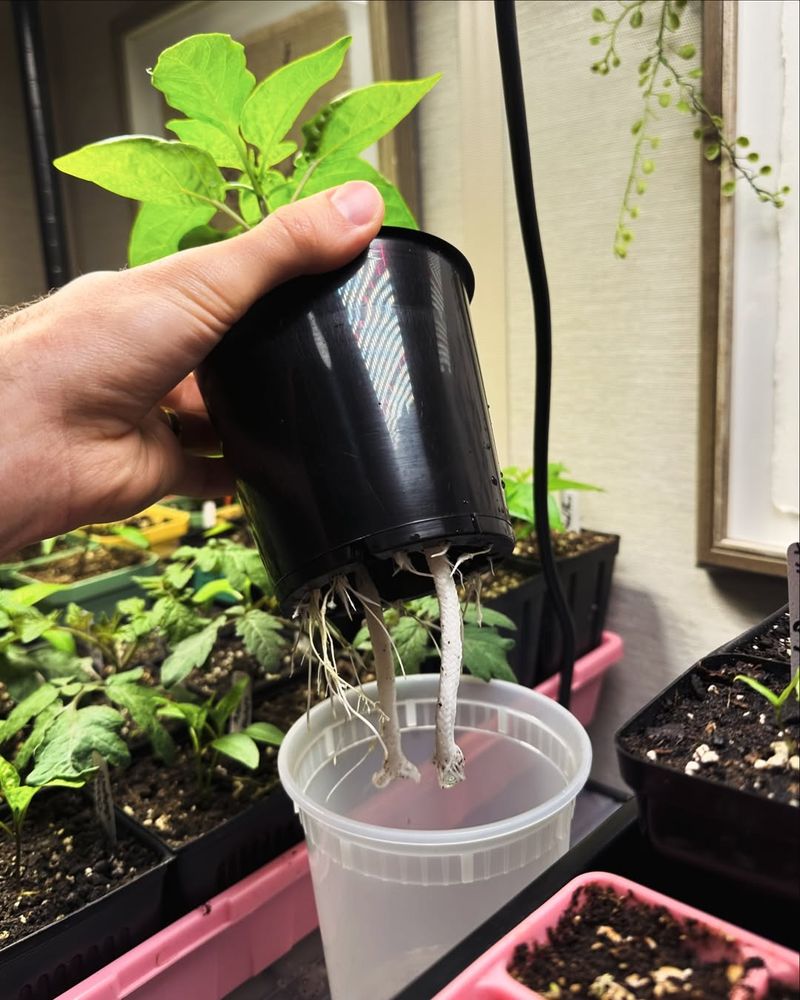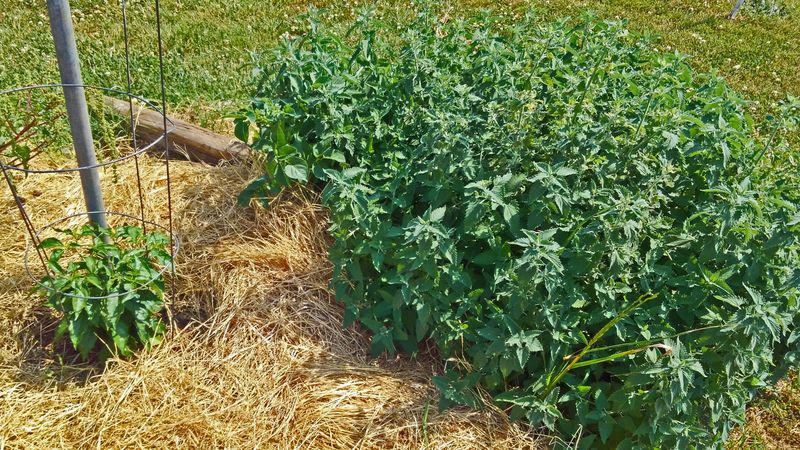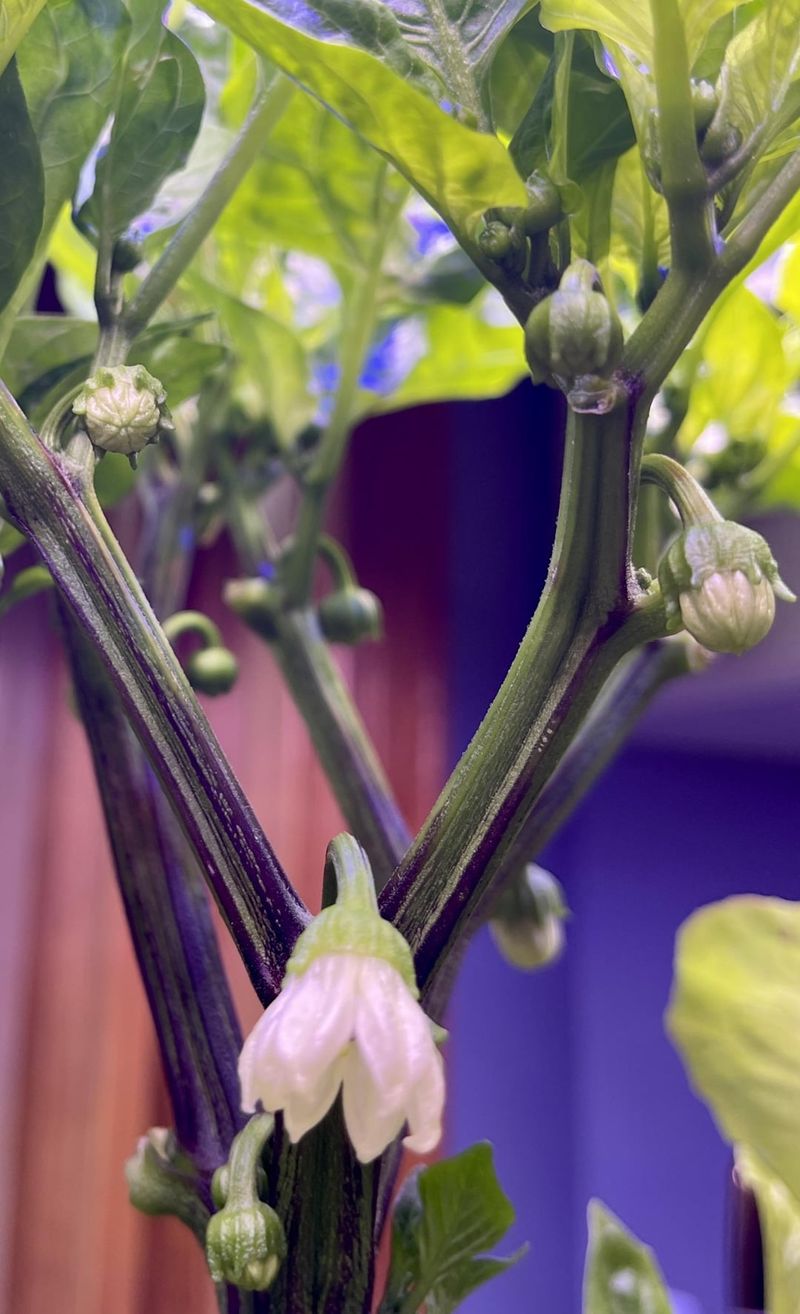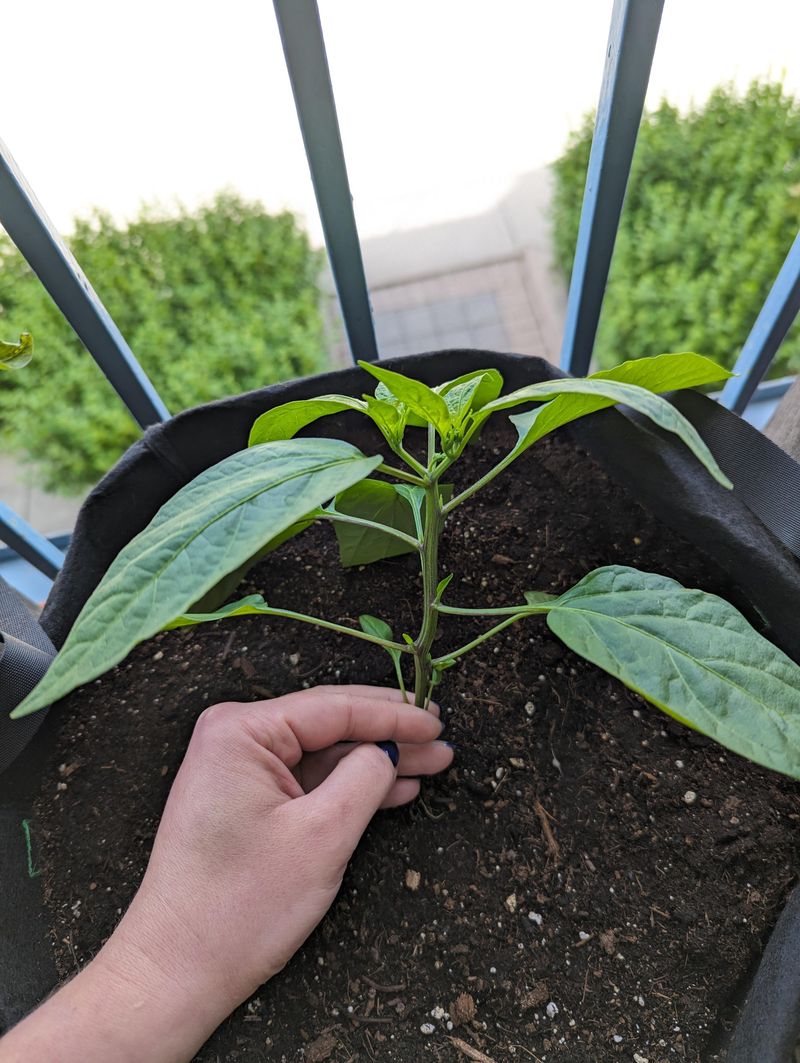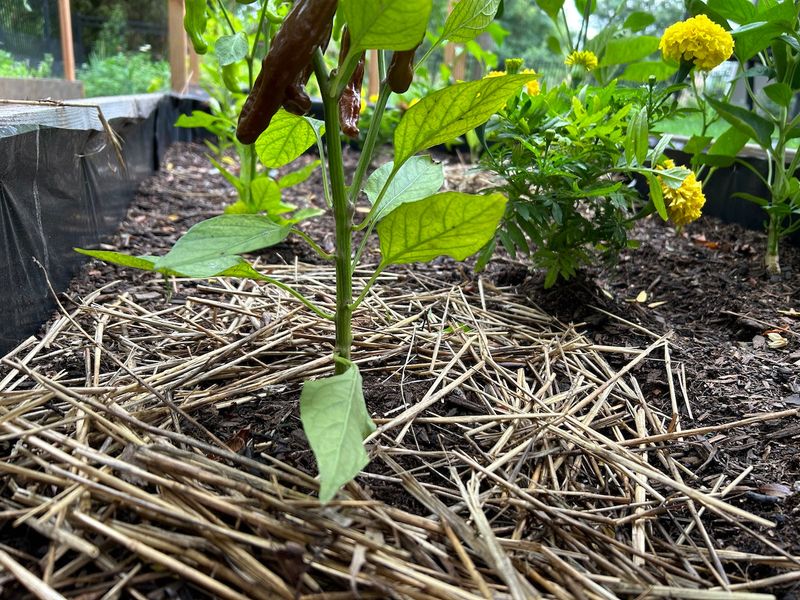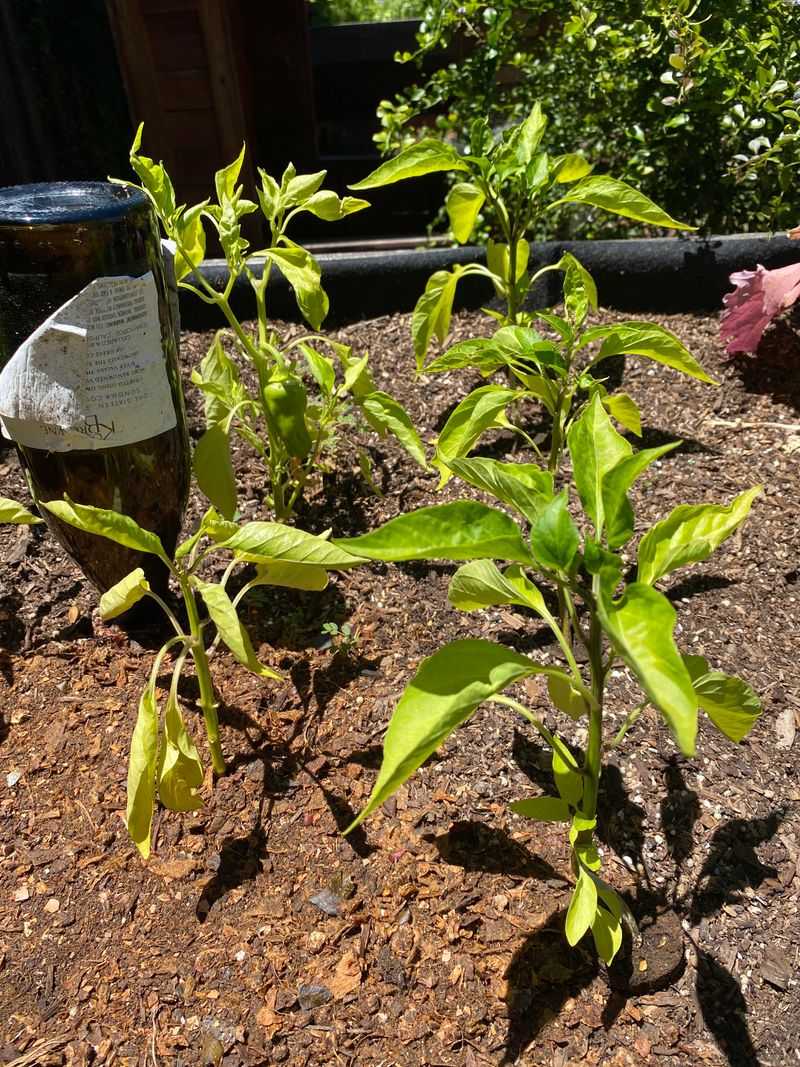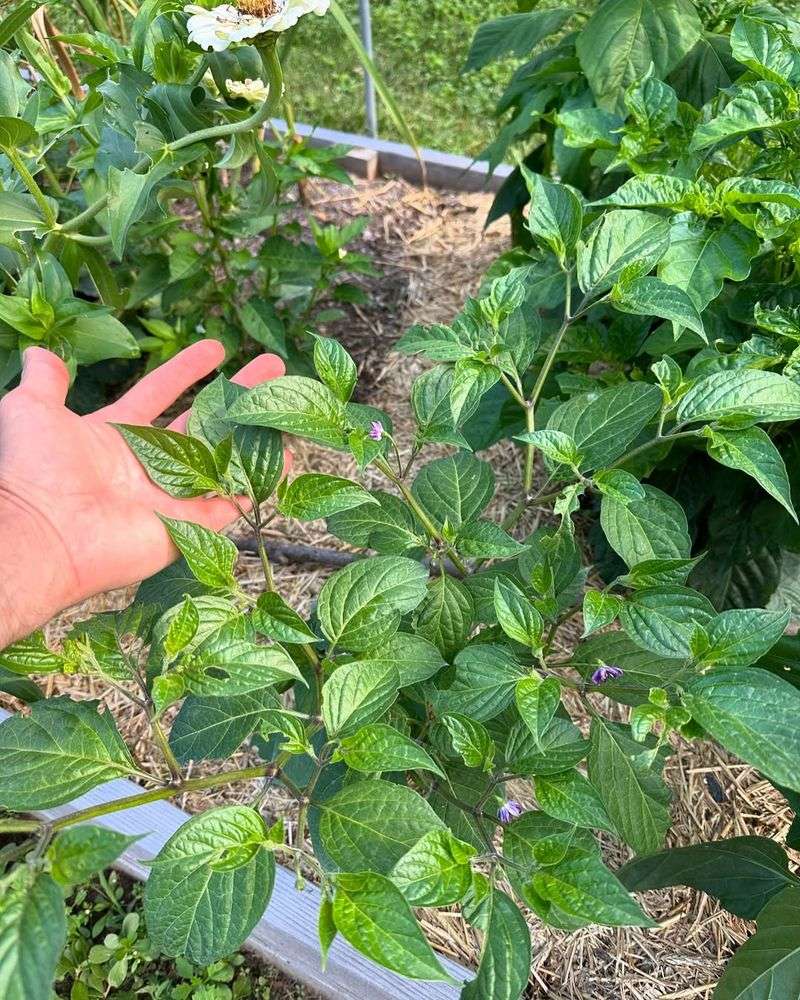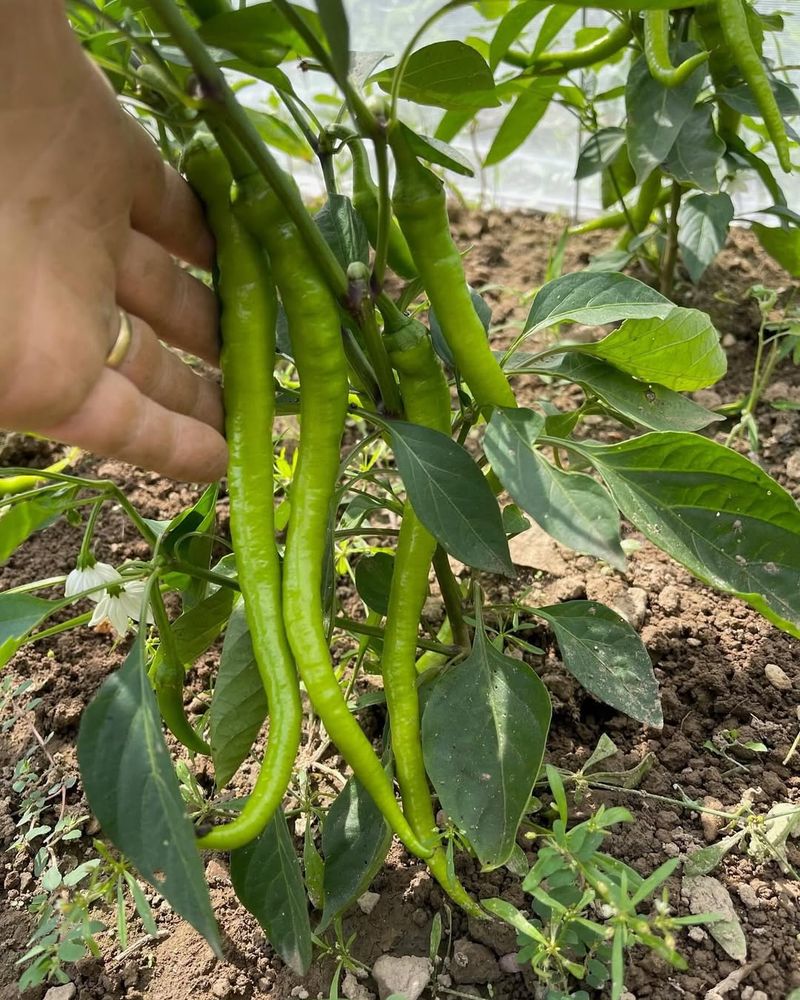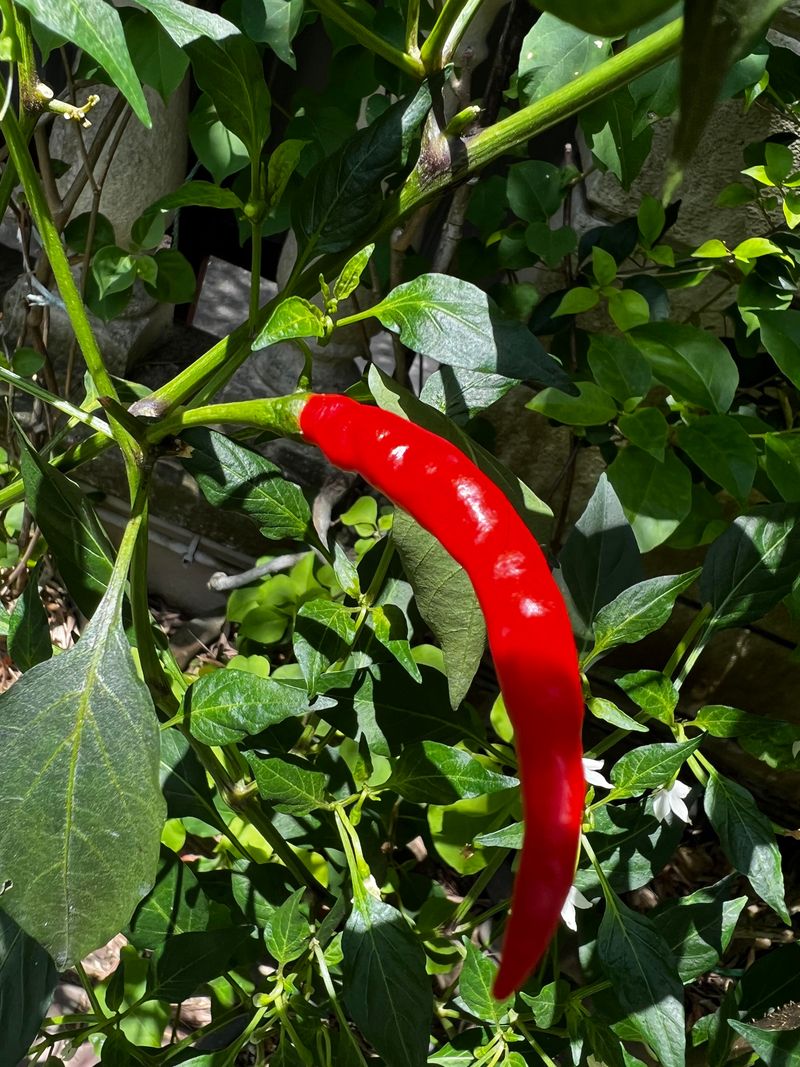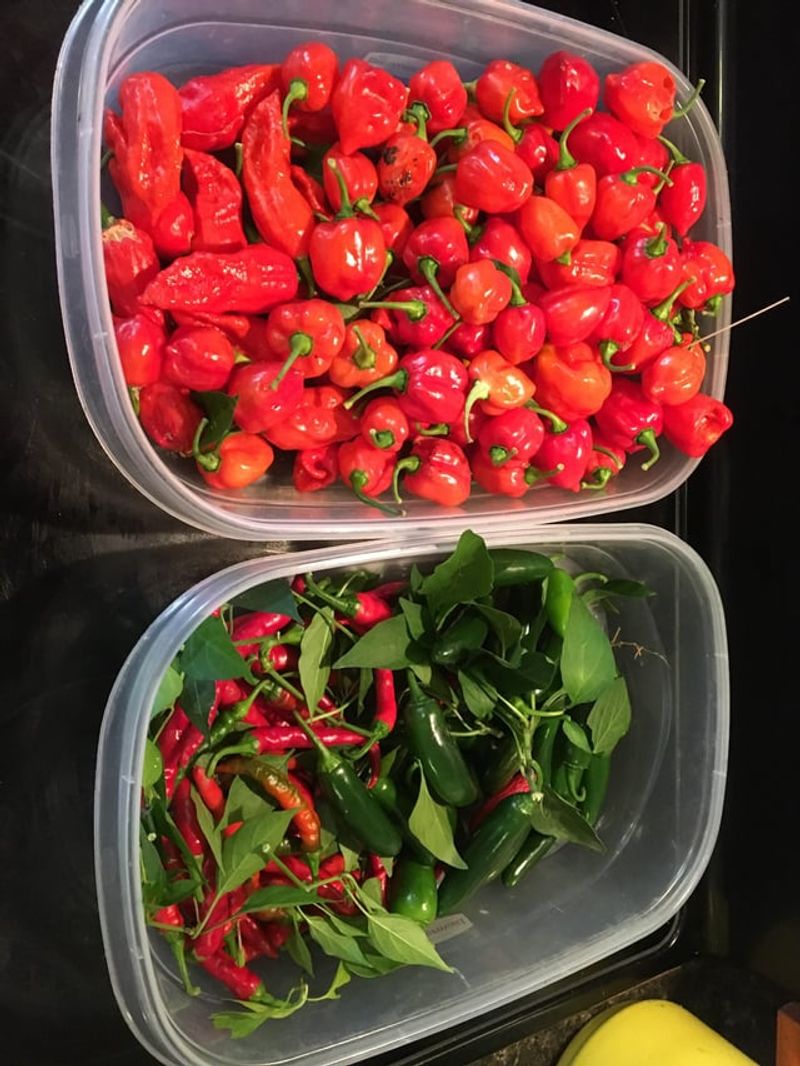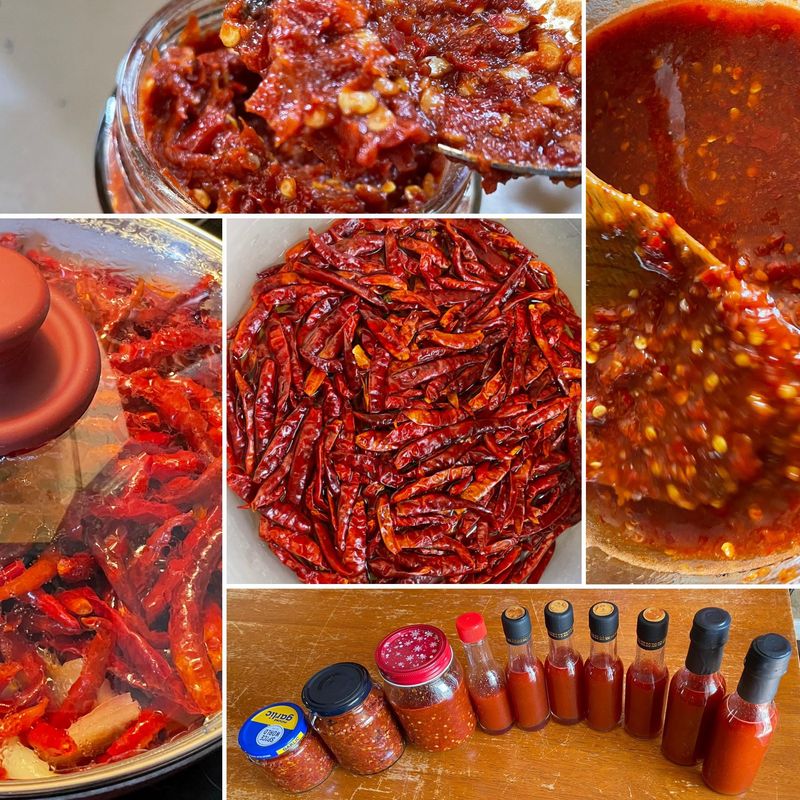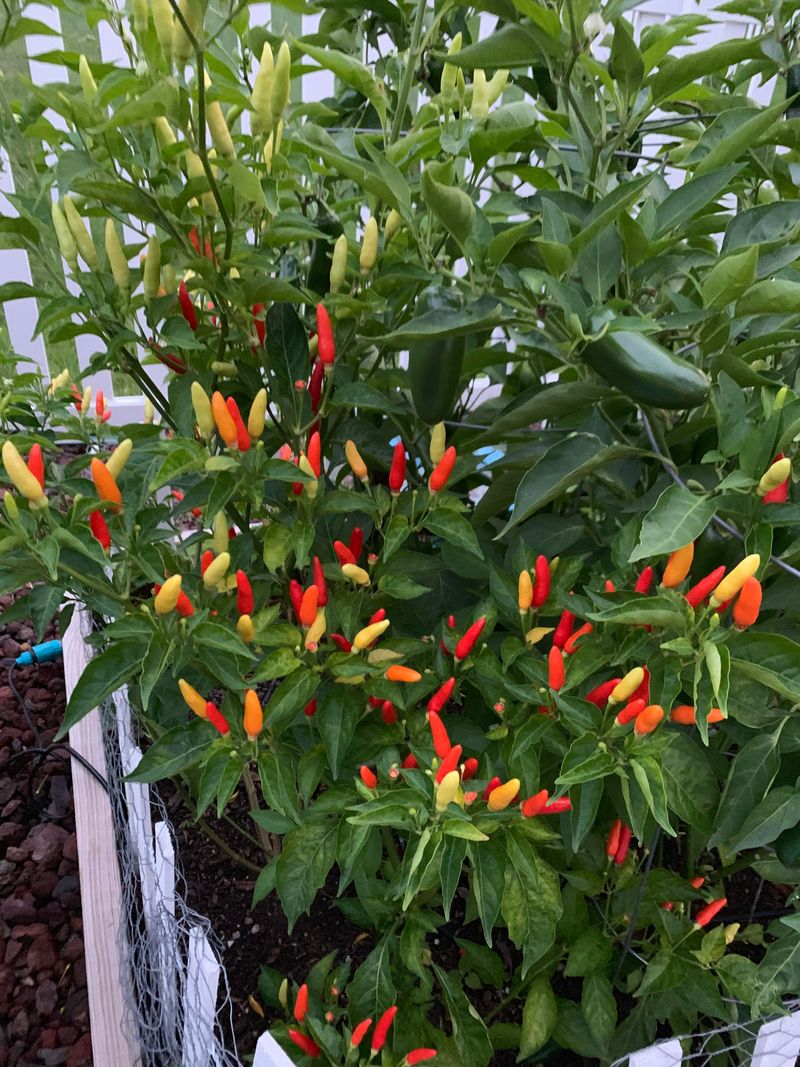Growing hot peppers can be an exciting adventure for both novice and experienced gardeners. With their vibrant colors and spicy flavors, these peppers add a kick to any dish. However, they require some special care and knowledge to thrive. This guide will help you understand the essential things you need to know before getting started.
1. Choosing the Right Pepper Variety
Selecting the right pepper variety is crucial for your garden’s success. Hot peppers come in countless shapes, sizes, and heat levels.
Whether you prefer the mild Anaheim or the fiery ghost pepper, there’s a variety to suit your taste. Consider your climate and growing conditions, as some peppers thrive in warmer temperatures.
Explore different types and find the perfect match for your garden and culinary needs. A little research goes a long way in ensuring happiness with your harvest!
2. Understanding Pepper Heat Levels
Hot peppers are known for their heat, measured in Scoville Heat Units (SHU). From the mild bell pepper to the scorching Carolina Reaper, each pepper has its unique level of spiciness.
Understanding these levels will help you choose the right pepper for your taste and dish. Remember, a higher SHU means more heat!
Start with mild varieties if you’re new to growing hot peppers, and gradually experiment with hotter ones as you become more comfortable.
3. Preparing the Soil Properly
Good soil preparation is vital for growing healthy hot peppers. They thrive in well-drained, nutrient-rich soil. Adding compost or organic matter improves soil structure and fertility.
Consider testing your soil’s pH level, as hot peppers prefer slightly acidic to neutral pH. Proper soil preparation not only supports robust plant growth but also enhances fruit production.
Invest time in getting your soil right, and you’ll be rewarded with thriving pepper plants!
4. Providing Adequate Sunlight
Hot peppers love sunlight and need at least six to eight hours of direct sunlight daily. This exposure encourages strong growth and enhances the pepper’s flavor.
Choose a sunny spot in your garden, away from shade-casting trees or buildings. If you’re growing peppers indoors, place them near a sunny window or use grow lights to supplement natural sunlight.
Adequate sunlight is key to a successful pepper harvest!
5. Watering Wisely and Regularly
Watering is crucial for hot peppers, but it’s essential to strike the right balance. Overwatering can lead to root rot, while underwatering stresses the plants.
Aim to keep the soil consistently moist but not soggy. Water deeply and less frequently to encourage deep root growth. Adjust your watering schedule based on the weather and your pepper variety’s needs.
Proper watering ensures healthy, productive plants with fiery fruits!
6. Recognizing Pest Threats
Pests can wreak havoc on your hot pepper plants. Aphids, hornworms, and spider mites are some common culprits.
Regularly inspect your plants for signs of infestation, like holes in leaves or discolored foliage. Encourage beneficial insects, like ladybugs, to keep pests at bay naturally. If needed, use organic pest control methods to protect your precious peppers.
Early detection and intervention are key to maintaining a healthy garden.
7. Utilizing Companion Planting
Companion planting is a smart gardening technique to boost hot pepper growth. Certain plants, like basil and marigolds, can deter pests or enhance growth when planted near peppers.
They create a more balanced ecosystem, reducing the need for chemicals. Research compatible plants that thrive alongside hot peppers and add them to your garden for a natural growth boost.
This technique not only protects your peppers but also enhances their flavor!
8. Understanding Pollination Needs
Pollination is essential for pepper plants to produce fruit. Most hot peppers are self-pollinating, but they still benefit from insect pollinators like bees.
Ensure your garden attracts these helpful creatures by planting flowers that offer nectar. If growing indoors, consider hand-pollinating by gently shaking flowers or using a brush. Understanding pollination helps ensure a bountiful harvest!
9. Pruning for Better Growth
Pruning your hot pepper plants can lead to better growth and more abundant harvests. Trim away dead or overcrowded branches to improve air circulation and reduce disease risk.
This encourages the plant to focus its energy on producing fruit rather than excess foliage. Regular pruning can boost your peppers’ overall health and productivity, providing you with more spicy delights!
10. Using Mulch to Retain Moisture
Mulching around hot pepper plants helps retain soil moisture and suppress weeds. Organic mulches like straw or wood chips work best, slowly breaking down and enriching the soil.
Mulch also regulates soil temperature, keeping roots cooler in hot weather. This extra layer of protection ensures your pepper plants thrive, even in challenging conditions.
Consider adding mulch to your garden for healthier, happier peppers.
11. Understanding Fertilization Needs
Hot peppers require the right nutrients to grow strong and healthy. Fertilize them with a balanced, organic fertilizer to provide essential nutrients like nitrogen, phosphorus, and potassium.
Follow the recommended application rates to avoid over-fertilization, which can harm plants. Regular feeding supports vigorous growth and enhances fruit production.
Understanding your peppers’ fertilization needs is crucial for a successful harvest!
12. Recognizing Signs of Heat Stress
Hot peppers can suffer from heat stress, especially during hot summer days. Signs include wilting, leaf curling, or sunscald on fruits.
Provide shade during peak heat to protect your plants and water them adequately. Heat stress can reduce fruit quality, so it’s essential to act quickly. With the right care, your peppers can weather the heat and continue to thrive!
13. Protecting Against Frost
Frost can damage or kill hot pepper plants. If frost is expected, cover them with fabric or move potted plants indoors. Consider using row covers or cloches to shield plants in colder climates.
Protecting against frost ensures your peppers survive and continue producing fruit. Plan ahead and keep an eye on the weather forecast to safeguard your garden.
14. Harvesting at the Right Time
Knowing when to harvest your hot peppers is key to enjoying their full flavor. Peppers change color as they ripen, signaling the right time to pick them. Gently twist and pull peppers from the plant to avoid damage. Enjoy them fresh or preserve them for later use.
Harvesting at peak ripeness enhances the peppers’ taste and ensures a rewarding gardening experience.
15. Storing and Preserving Peppers
After harvesting, proper storage and preservation ensure your hot peppers last. Fresh peppers can be refrigerated, pickled, or frozen for extended use.
Drying peppers or making hot pepper sauce are popular preservation methods. Experimenting with different techniques enhances the enjoyment of your harvest. With careful storage, your spicy peppers can be savored all year round.
16. Experimenting with Recipes
Hot peppers add excitement and flavor to culinary creations. From salsas to sauces, there are endless ways to enjoy them. Experiment with recipes to find new favorite dishes.
Try grilling, roasting, or even making hot pepper jelly. The bold flavors and vibrant colors of your homegrown peppers can elevate any meal. Turn your garden bounty into tasty delights!
17. Learning from Each Season
Gardening is a learning journey, and each season teaches something new. Keep a journal to track your hot pepper growing experience, noting successes and challenges. This record helps improve your techniques and adapt to changing conditions.
With each season, you’ll become more skilled, and your pepper harvests more fruitful. Embrace the learning process and enjoy the spicy rewards!

